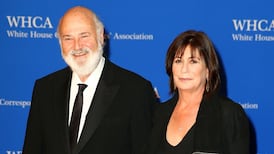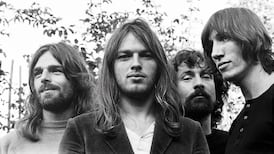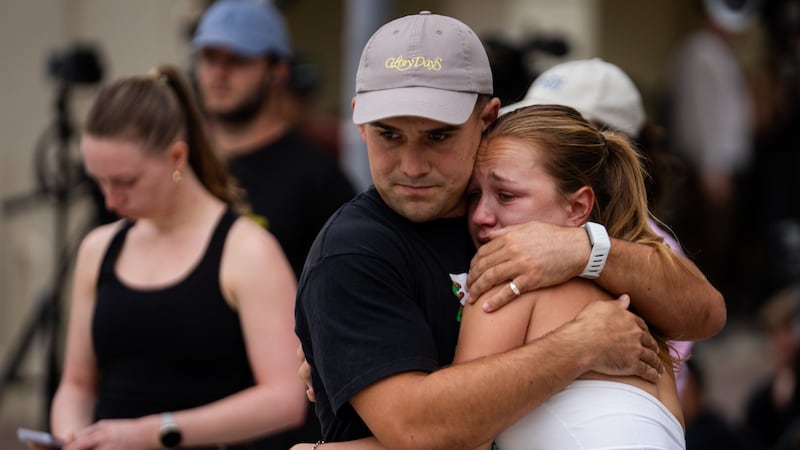For the past three weeks on The Irish Times’ Inside Politics podcast, our political editor, Pat Leahy, and I have been chewing over the long-running rivalry between Charles Haughey and Garret FitzGerald, the two men who dominated Irish politics in the 1980s. Among other things, our discussion touches on how each man represented a sort of distilled version of his party. That remains interesting 40 years on, when Fine Gael and Fianna Fáil, long dubbed the Tweedledum and Tweedledee of Irish politics by opponents, are edging ever closer together, propelled by the centrifugal force of four years in coalition.
One subject we address is the very different approaches of Haughey and FitzGerald – and, by extension, their parties – towards artists and the creative industries. Or, more bluntly, the fact that one had a clear, albeit flawed and self-serving culture policy and the other had none at all.
In fact, the two most consequential politicians in the history of the relationship between the State and the arts come from neither Fianna Fáil nor Fine Gael. A quarter of a century separates the spells in government of Michael D Higgins and Catherine Martin, but between them those two ministers for culture – one Labour, one Green – are largely responsible for the State supports we have today.

Charlie vs Garret, part three: Ireland transformed
Coming a close third is Haughey. From his time as minister for finance in the late 1960s, when he introduced tax-free status for artists, to his establishment of Aosdána in 1981 and the designation of Temple Bar as Dublin’s “cultural quarter” in the late 1980s, he brought a very particular sense of the role of the State (or his own personal role, which amounted to the same thing) to the arts.
READ MORE
None of those initiatives is above criticism, and all have had mixed outcomes. But the tax-free status, which these days is capped at a level where it no longer acts as a magnet for international rock stars and bestselling authors, still plays an underacknowledged part in helping artists make a livelihood from their work. Aosdána may look a little too much like a convalescent home than an association of working artists at the peak of their powers, but it does provide official acknowledgment and a modest stipend for those who need it.
The beer-soaked tourist trap that is Temple Bar doesn’t live up to the original pitch, but the area was at least saved from the wrecking ball, and a number of important cultural spaces were built that continue to operate there.
In his book Taoisigh and the Arts, Kevin Rafter criticises Haughey’s failure to adequately fund the Arts Council, saying he was “no different from his predecessors” in this regard. Rafter’s focus is on the Arts Council (of which he is a former chairman), and he is critical of Haughey’s inclination to indulge in direct patronage by using public funds, which “clearly fed his own sense of importance as a Medici for the arts”.
That is all undoubtedly true and is of a part with everything else we now know about Haughey. But none of these schemes would have come to pass without his energy and political skill. You can add capital projects such as the refurbishment of what is now Government Buildings and the setting up of the Irish Museum of Modern Art at the Royal Hospital Kilmainham.
What, by contrast, did FitzGerald or Fine Gael offer? The government he led from 1982 to 1987, beset by economic difficulties, showed little interest in the subject (although it did see the appointment of the first junior minister for the arts, the former journalist Ted Nealon).
It’s not unusual for centre-right parties to be uninterested in or show outright hostility to the idea of state creative industries. We’ve just seen what that looks like with a decade or more of deliberate cultural vandalism perpetrated by the Conservatives in the UK.
But there is no equivalent sense of malevolence from Fine Gael, just a puzzling indifference. The party is not particularly overstocked with philistines, either. FitzGerald grew up in a household where artists and writers were frequent visitors. And yet he, like his successors John Bruton, Enda Kenny and Leo Varadkar, rarely seemed interested in culture beyond the opportunities it offered for a quick photo opportunity or a memorable quotation for a speech.
The Creative Ireland programme established with much fanfare by Varadkar’s government in 2017 is still in existence, with a mission to “connect people, creativity and wellbeing”, but beneath all the PR woo is a relatively modest series of educational and social initiatives.
The real sea change came with Covid and the taskforce Martin set up when she became minister. Perhaps the lesson for voters as the next general election approaches is that only the smaller parties take culture seriously.















